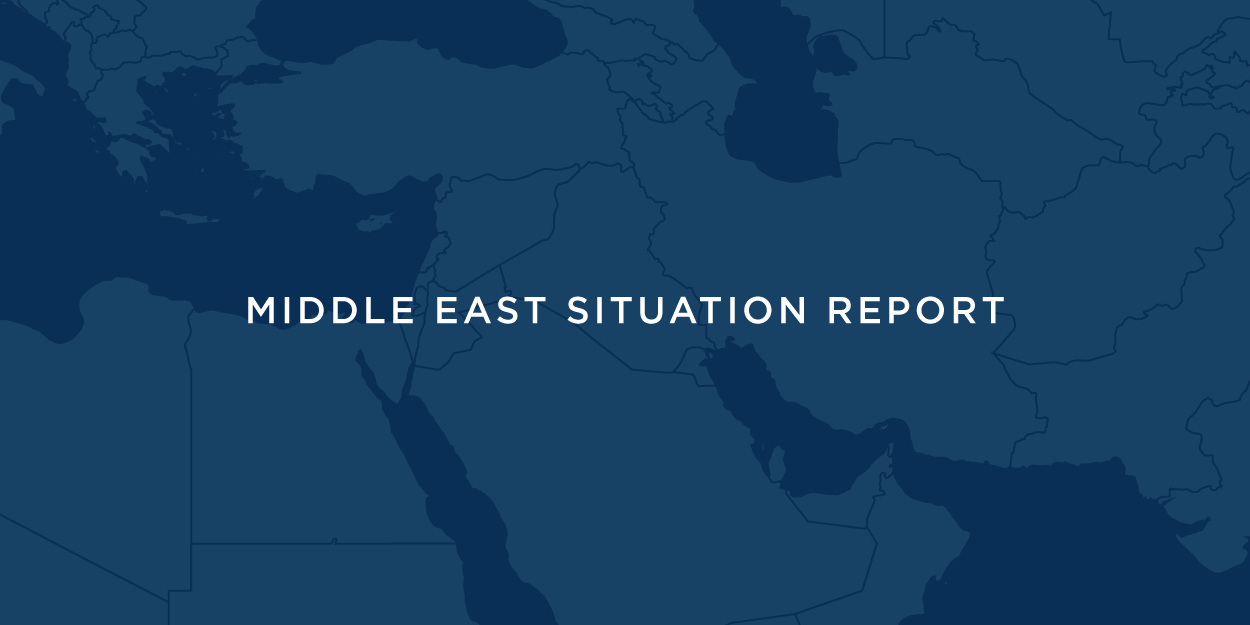Iran spent the weekend retaliating against Israel with multiple waves of ballistic missile strikes. At the same time, Israel continued to fly sorties into Iranian airspace having established complete air superiority in Western and Central Iran, conducting dozens of airstrikes on military and infrastructure targets across the country.
Israeli interceptor missiles have neutralized most of the barrages, but with significant damage reported where Iranian missiles have made it through, including in Bat Yam, Tel Aviv, Ramat Gan, Rishon Lezion, Rehovot, Haifa, Tamra, and other sites. In Haifa, an Iranian strike reportedly damaged the port and oil refinery.
Israeli Defense Force (IDF) airstrikes have targeted Tehran’s Shahran oil depot, Mashhad Airport, Tabriz Airport, and Mehrabad Airport in Tehran. Airstrikes on 15 June targeted the Defense Ministry headquarters. Other strikes have targeted missile launcher sites, radar installations, air defense installations, electrical substations and power supplies, and laboratories and research facilities across Iran. Notably, Israel targeted Iranian nuclear sites, including Parchin, Iran's nuclear weapon research facility, and Esfahan, the site where Iran could convert enriched uranium gas to metal for a warhead.
Iran cancelled nuclear negotiations with the U.S. scheduled for 15 June in Oman.












